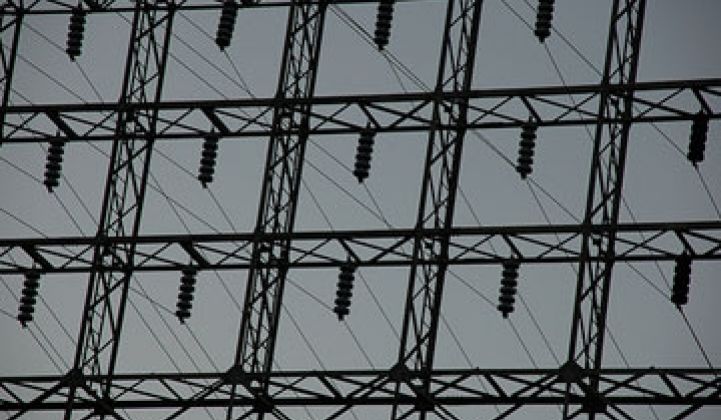The federal government released its anxiously awaited draft of smart grid standards on Thursday, laying out a host of specific standards utilities and vendors will be expected to meet in smart grid deployments, as well as 14 "priority" areas and an ongoing cybersecurity standards-setting process it hopes to complete by 2010.
It's the next stage in a process begun this spring to rush a standards development process that might otherwise take several years into a months-long timeframe.
"At stake is America's energy future and the economic competitiveness of our nation," Commerce Secretary Gary Locke said in introducing the report at the GridWeek conference in Washington, D.C.
The 90-page report is now open for a 30-day comment period, and is meant to lead eventually to a certification and testing process required of all smart grid technologies deployed in the nation, Locke said.
With the commercial viability of competing technologies potentially on the line, the report is likely to be read very closely by the utilities, companies and state and federal regulators involved in tying the nation's 5.4 million miles of transmission lines, 22,000 electricity substations and roughly 130 million electric meters into a networked, intelligent system.
Much of the existing electricity grid, including many devices and systems that can be considered "smart," are built on disparate proprietary technologies (see Smart Grid: A Matter of Standards).
But the federal government has said it will demand a more standardized set of technologies, both to ensure that smart grid systems deployed by the nation's hundreds of utilities can be integrated and to open the industry to more open competition and thus lower cost products and services.
The National Institute of Standards and Technology released its first draft of 16 preferred standards in May. Those included standards already in use by many utilities for managing substation automation devices, meter revenue data collection, and other standard operations, as well as standards being developed by the ZigBee Alliance and the HomePlug Powerline Alliance for home area networks (see DOE Lifts Smart Grid Stimulus Cap to $200M).
Thursday's report from NIST expanded that list to 77 standards, all available for review in the full report.
But there were about 70 other broad sectors of the smart grid where NIST has yet to come up with specific recommended standards. Of those, NIST has keyed in on 14 priority areas where key regulators – namely, the Federal Energy Regulatory Commission – has said it needs them sooner rather than later, Locke said.
Of those 14 "action plans", only one – a standard for upgrading existing smart meters – has been completed, Locke said. The National Electrical Manufacturers Association was responsible for that, he said.
And only one more – a plan for common scheduling mechanisms for energy transactions – is set to be done by year's end, the report stated.
Next up in early 2010 are plans for demand response signals, energy use information and electricity pricing.
Due in mid-2010 are standards for wireless communications, electricity storage interconnection and one of the most talked-about standards issues, which is guidelines for the use of internet protocol (IP) in smart grid deployments.
How to use IP in smart grid deployments – and how deeply it can or can't be integrated across different parts of the smart grid – has been a thorny issue. In January, companies including smart meter makers Itron, Sensus, Landis+Gyr and Aclara lodged a protest against language in the then-draft version of the American Reinvestment and Recovery Act that would have mandated the use of IP in smart grid deployments (see Green Light post).
Since then, companies like Cisco Systems have come out as strong backers of an IP-based smart grid architecture. Still, many existing utility communications and control systems are based on older technologies both proprietary and standardized, meaning a lot of integration for IP-based systems.
By the end of 2010, NIST expects to have plans for interoperability standards for plug-in electric and hybrid vehicles, as well as standard meter data profiles and a common information model for distribution grid management, the report stated.
As for cybersecurity, "This is an area where we must take the time to do it right, because security must be designed" into the smart grid systems being deployed, Locke said. At the same time, "We cannot take forever."
A 200-member "Cyber Security Coordination Task Group" under NIST's direction expects to have a 200-plus page report on the issue "available soon," the report states. Locke said the cybersecurity work should be complete in nine months.
Along with that report will come suggested security requirements for smart meter deployments, the report stated. Smart meters have emerged as the most publicly contentious realm for enhanced security, after reports from cybersecurity experts claimed they can be hacked to propagate malware that could shut down thousands of meters at once (see Smart Meter Security: A Work in Progress).
Interact with smart grid industry visionaries from North American utilities, innovative hardware and software vendors and leading industry consortiums at The Networked Grid on November 4 in San Francisco.




